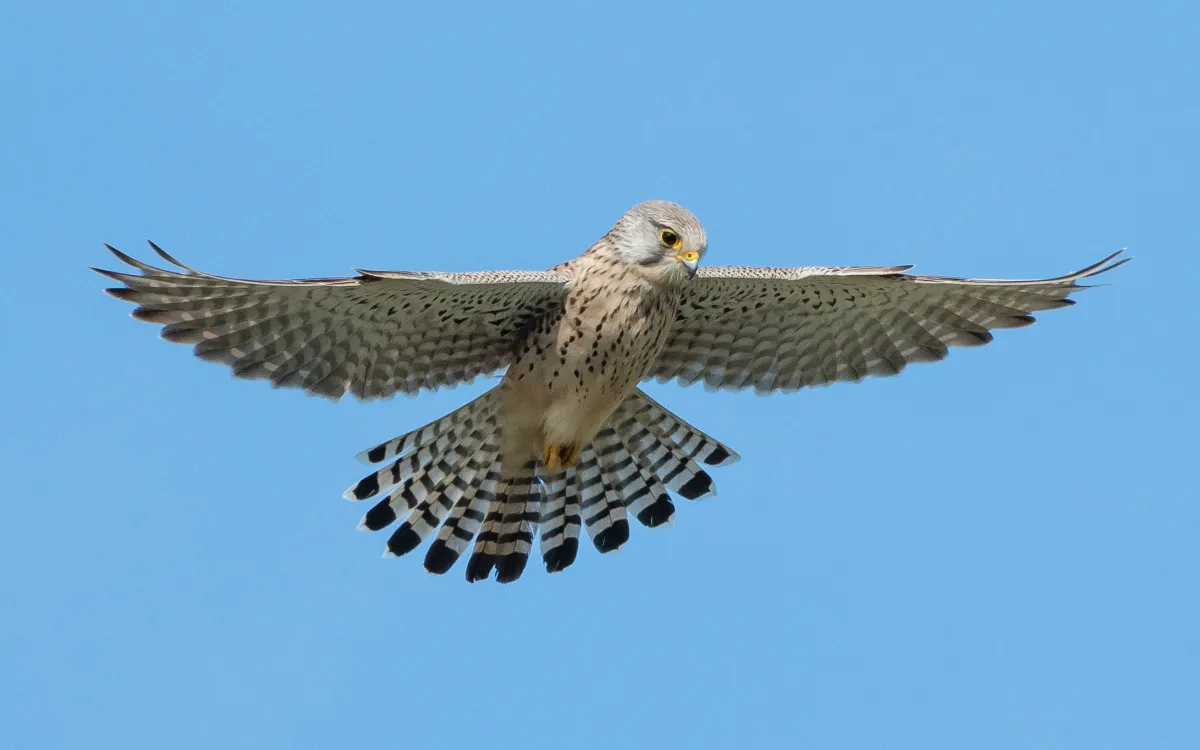Citation

Arolwg
Habitat loss and climate change are two major threats to birds and other species globally. To plan effective conservation, we need a good understanding of what is driving declines across different species. There are many examples of research that identifies whether population declines in vulnerable species are primarily driven by habitat change or climate change. However, how these two threats interact to drive biodiversity change is very poorly understood. Without this understanding, conservation measures run the risk of being ineffective, for example, by not planning for the impacts of climate change when deciding where to carry out habitat creation.
In more detail
This collaborative research involving BTO attempted to start understanding how habitat change and climate change interact. The study examined changes in over 1,000 bird, butterfly, moth and plant distributions across the UK over the past 75 years, combined with climate and land-use data, to identify whether long-term (50+ years) and short-term (20 years) community changes, such as to species richness and diversity, were linked to changes in land-use, climate change and the interaction between them. They research also considered whether community changes were linked to the land-use or climate seen in the 1930s.
In the short- and long-term across all UK 10-km squares, species richness increased for birds, butterflies and plants. However, warm-adapted species such as Nuthatch generally became more prevalent relative to cold-adapted species (e.g. Kestrel) and species assemblages became more homogenous across the UK, decreasing the overall diversity. The long-term changes were most strongly linked to land-use change. Warming temperatures and wetter conditions also contributed to the long-term trends. Short-term community changes were more associated with baseline conditions than the changes to these conditions, which could suggest a time-lag in observed community changes.
The interactions between climate and land-use change were relatively minor. Such interactions had the biggest impact on long-term community changes, with arable habitats enhancing the link between temperature and bird community change, while forest habitats reduced the probable impact of temperature. In the short-term, the link between rising temperatures and the decline of cold-adapted birds was strongest on farmland and in urban habitats compared to in woodland.
One of the key findings of this paper was the protective effect of semi-natural grasslands, as these habitats were where community changes were lowest. This indicates the importance of these habitats for maintaining diversity.
This project has shown the diversity in species’ responses to drivers of change, highlighting the importance of biological recording and the inclusion of species-level information when devising plans to maintain biodiversity. It also suggests that while accounting for interactions between land-use change and climate change may be less important than predicted, examining how the impacts of climate change may vary on different habitats is an important line of future research to make the best decisions for conservation.
Abstract
Climate change and habitat loss present serious threats to nature. Yet, due to a lack of historical land-use data, the potential for land-use change and baseline land-use conditions to interact with a changing climate to affect biodiversity remains largely unknown. Here, we use historical land use, climate data and species observation data to investigate the patterns and causes of biodiversity change in Great Britain. We show that anthropogenic climate change and land conversion have broadly led to increased richness, biotic homogenization and warmer-adapted communities of British birds, butterflies and plants over the long term (50+ years) and short term (20 years). Biodiversity change was found to be largely determined by baseline environmental conditions of land use and climate, especially over shorter timescales, suggesting that biodiversity change in recent periods could reflect an inertia derived from past environmental changes. Climate–land-use interactions were mostly related to long-term change in species richness and beta diversity across taxa. Semi-natural grasslands (in a broad sense, including meadows, pastures, lowland and upland heathlands and open wetlands) were associated with lower rates of biodiversity change, while their contribution to national-level biodiversity doubled over the long term. Our findings highlight the need to protect and restore natural and semi-natural habitats, alongside a fuller consideration of individual species’ requirements beyond simple measures of species richness in biodiversity management and policy.
Funding provided by Swedish Research Council VR 2020-04276.
